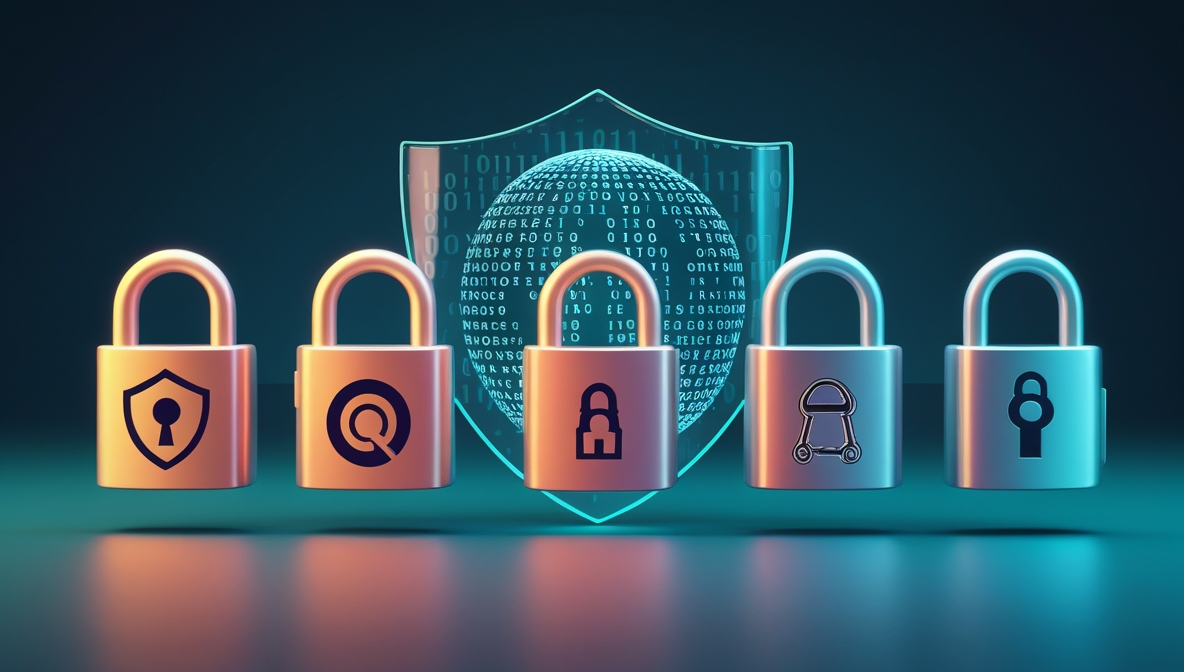In today’s hyper-connected digital environment, social media security is no longer optional—it is imperative. The rise in cyberattacks targeting personal and business social profiles has made robust protection strategies essential. Our comprehensive guide outlines the best practices to secure your social media accounts, ensuring your brand and personal identity remain safeguarded against malicious intent.
Why Social Media Account Security Matters
Social platforms are treasure troves of personal data, brand information, customer details, and communication histories. A breach doesn’t just mean lost access—it often leads to reputation damage, financial losses, and potential legal ramifications. With the increasing sophistication of phishing, credential stuffing, and impersonation attacks, prioritizing security is critical for individuals and businesses alike.
Use Strong, Unique Passwords for Every Account
The foundation of any secure account is a strong password. Avoid reusing passwords across platforms. Each social account should have a unique, complex password comprising:
-
A mix of uppercase and lowercase letters
-
Numbers
-
Special characters (e.g., @, #, $, %, etc.)
-
At least 12 characters in length
Utilize a reputable password manager to generate and store these credentials securely. This minimizes human error and eliminates the temptation to write them down or reuse old passwords.
Enable Two-Factor Authentication (2FA)
Two-Factor Authentication adds a critical extra layer of defense by requiring a second verification method beyond just a password. Depending on the platform, 2FA can be:
-
An SMS code sent to your phone
-
A time-based one-time password (TOTP) via authenticator apps like Google Authenticator or Authy
-
Biometric verification, such as fingerprint or facial recognition
We recommend using an app-based authenticator over SMS whenever possible due to vulnerabilities like SIM swapping.
Review Account Permissions and Connected Apps
Third-party applications and services often request access to your social media profiles. Over time, these permissions can become outdated or risky. Regularly review and remove:
-
Apps you no longer use
-
Services that request excessive permissions
-
Unfamiliar integrations
Doing so reduces the attack surface and ensures only trusted platforms have access to your data.
Regularly Monitor Account Activity
Social media platforms offer activity logs that allow users to track:
-
Login attempts
-
Device locations
-
IP addresses
-
Actions performed
Frequent reviews help detect unauthorized access early. If any suspicious activity is noticed, change your password immediately and revoke all active sessions.
Educate Your Team and Collaborators
If you manage a business profile, you likely have multiple administrators. Every team member becomes a potential entry point for hackers. Ensure your team:
-
Uses 2FA
-
Knows how to identify phishing attempts
-
Avoids clicking on unverified links
-
Understands the importance of account security
Regular cybersecurity training and clearly defined protocols help maintain a strong security culture within your organization.
Be Wary of Phishing and Social Engineering Attacks
Phishing is one of the most common methods cybercriminals use to gain access. These attacks often mimic legitimate communication from trusted sources. To prevent falling victim:
-
Always verify the sender’s email or URL
-
Never enter login credentials on non-official pages
-
Avoid downloading attachments from unknown sources
-
Report suspicious messages to the platform immediately
Train yourself and your team to think critically before engaging with messages, especially those urging immediate action.
Set Up Account Recovery Options
In the event of a lockout, having updated recovery information is crucial. Ensure that:
-
Your recovery email and phone number are current
-
You have set security questions (if applicable)
-
Backup codes for 2FA are stored securely offline
These recovery options will streamline the account retrieval process and reduce downtime if access is lost.
Keep Software and Devices Updated
Outdated apps, operating systems, and browsers can harbor security vulnerabilities. Ensure that:
-
Social media apps are updated regularly
-
Operating systems are patched with the latest security updates
-
Anti-virus and anti-malware software is running and up to date
Implementing automatic updates can help maintain device hygiene and block known exploits.
Use Verified Tools for Social Media Management
Businesses often use scheduling and analytics tools like Hootsuite, Buffer, or Sprout Social. Ensure that:
-
The tools are from trusted vendors
-
API permissions are limited to what is necessary
-
Accounts linked through these tools are protected by 2FA
Avoid using free, unverified tools, which may compromise data integrity and pose serious security risks.
Limit Public Exposure of Sensitive Information
Oversharing personal or company details can inadvertently assist cybercriminals in targeted attacks. Best practices include:
-
Avoid posting travel plans or live-location updates
-
Keep email addresses and phone numbers private
-
Do not share internal processes or employee names publicly
Privacy settings should be regularly audited to ensure only intended audiences have access to your posts and profile information.
Use Role-Based Access Control for Teams
Platforms like Facebook Business Manager and LinkedIn Campaign Manager offer role-based access, allowing you to grant permissions based on responsibilities. This ensures:
-
Users only access what they need to perform their tasks
-
The risk of accidental or malicious actions is minimized
-
Accountability is maintained through activity tracking
Regularly review roles and remove former employees or inactive users immediately.
Have an Incident Response Plan in Place
Preparation is key. Develop a Social Media Incident Response Plan that outlines:
-
Steps to secure compromised accounts
-
How to communicate with your audience
-
When and how to involve legal or IT teams
-
Restoration procedures and timeline estimates
Conduct mock drills periodically to ensure your team knows how to act swiftly and effectively in a real scenario.
Conclusion
Securing your social media accounts is a multifaceted effort that demands vigilance, awareness, and the implementation of best practices. From strengthening passwords to deploying 2FA and educating teams, each step adds a vital layer of defense. In an age where digital reputation is everything, proactive security measures are not just recommended—they are non-negotiable.




